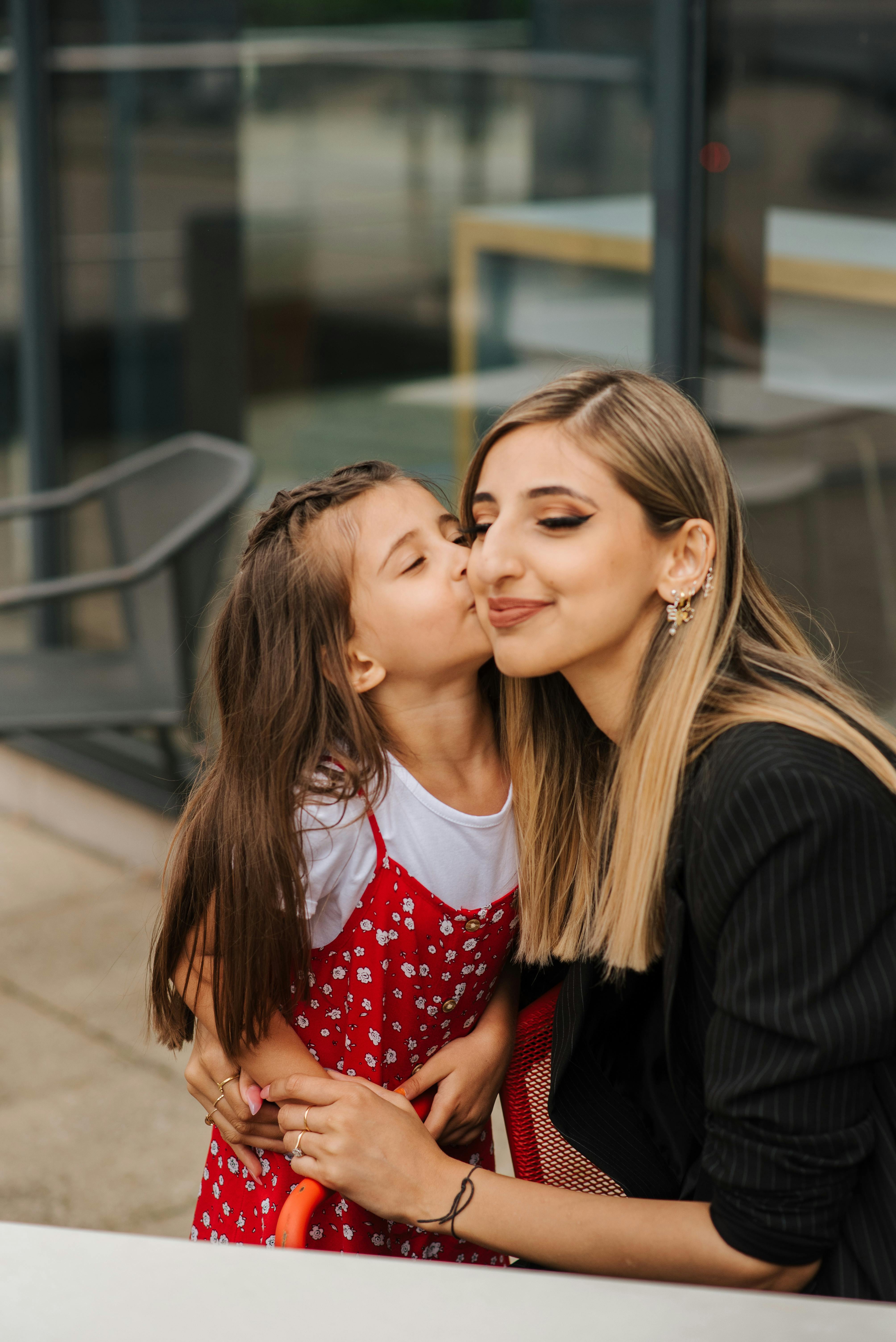Table of Contents
Creating a Communication Plan
One of the most effective ways to communicate with your babysitter is to establish a communication plan from the start. Sit down with your babysitter and discuss how you prefer to receive updates about your child. This could include text messages, phone calls, or a daily log. Clearly outline your expectations for communication, including important information such as emergency contact numbers and any specific routines or preferences you have for your child. By setting clear guidelines upfront, you can ensure that both you and your babysitter are on the same page when it comes to communication.
On-Demand Childcare in Your Neighborhood
Book a Sitter
Utilizing Technology
In today’s digital age, there are a variety of tools and apps available to help streamline communication with your babysitter. Consider using a communication app that allows for real-time updates and messaging. Some popular options include apps that allow your babysitter to check in with photos and updates throughout the day, giving you peace of mind that your child is safe and happy. You can also utilize scheduling apps to coordinate pick-up and drop-off times, as well as any changes to your child’s routine. By harnessing the power of technology, you can stay connected with your babysitter more easily and efficiently.
Setting Up Regular Check-Ins
Regular check-ins with your babysitter are important for maintaining open lines of communication and addressing any concerns or issues that may arise. Schedule a time each week to touch base with your babysitter either in person or over the phone. Use this time to discuss how things are going, any changes to your child’s routine, and any upcoming events or appointments. Regular check-ins can help you stay informed about your child’s well-being and provide an opportunity for your babysitter to ask questions or seek clarification on any instructions.

Providing Detailed Instructions
When it comes to communicating with your babysitter, details matter. Providing thorough and detailed instructions can help ensure that your child’s routine is followed and that your babysitter has all the information they need to provide the best care possible. Write down important information such as your child’s schedule, bedtime routine, meal preferences, and any allergies or medical conditions. Be sure to also include emergency contact numbers, your address, and any other important information your babysitter may need while caring for your child.
By providing clear instructions, you can help your babysitter feel more confident in their role and minimize misunderstandings.
Encouraging Feedback and Open Dialogue
Lastly, it’s important to encourage feedback and open dialogue with your babysitter. Let your babysitter know that they can come to you with any questions, concerns, or feedback they may have. Create a comfortable and supportive environment where your babysitter feels valued and respected. Be open to suggestions for improvement and be willing to address any issues that may arise. By fostering a culture of open communication, you can build a strong and trusting relationship with your babysitter, ultimately benefiting the care and well-being of your child.
In conclusion, effective communication with your babysitter is crucial for ensuring the happiness and safety of your child while you are away. By creating a communication plan, utilizing technology, setting up regular check-ins, providing detailed instructions, and encouraging feedback and open dialogue, you can strengthen your relationship with your babysitter and feel more confident in the care they provide. Remember that communication is a two-way street, and by working together with your babysitter, you can create a positive and supportive environment for your child’s care.










